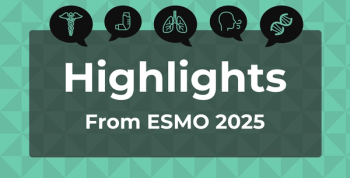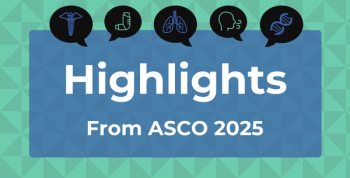
A Minority of Patients With High-Risk Polycythemia Vera Receive Cytoreductive Medication
According to treatment recommendations from the European LeukemiaNet and the National Comprehensive Cancer Network, patients with high-risk polycythemia vera (PV) should receive cytoreductive medication together with standard treatments for low-risk PV: phlebotomy and low-dose aspirin.
According to treatment recommendations from the European LeukemiaNet (ELN) and the National Comprehensive Cancer Network, patients with high-risk polycythemia vera (PV) should receive cytoreductive medication together with standard treatments for low-risk PV: phlebotomy and low-dose aspirin.
A recent retrospective cohort study sought to assess whether high-risk patients are in fact receiving guideline-concordant treatment, and used claims data from the Truven Health MarketScan database to analyze the claims of 1823 high-risk and 1033 low-risk patients with PV. The index date for the study was January 1, 2013, approximately 2 years after publication of the ELN guidelines, and records were assessed for the preindex period (beginning January 1, 2012) through the postindex period (spanning from January 1, 2013, to December 31, 2014).
In the preindex period, 36.5% of high-risk patients and 15.5% of low-risk patients received cytoreductive drugs. The most common preindex therapies used were hydroxyurea (94.7% and 87.5% in the high- and low-risk groups, respectively), anagrelide (7.4% and 11.9%, respectively), and interferon (1.7% and 4.4%, respectively).
Among patients who received no cytoreductive therapies in the preindex period, 6.7% initiated such therapies in the postindex period. Of these patients, 74.1% were high-risk, and 25.9% were low-risk. In total, 42.0% of patients with high-risk disease and 18.9% of patients with low-risk disease received cytoreductive drugs at any time assessed.
Those who did not receive cytoreductive medicine preindex had more phlebotomies than those who did receive medication (43.3% versus 37.3%), and this trend was similar between high- and low-risk groups.
The investigators concluded that the majority of high-risk patients with PV do not receive cytoreductive medication, despite treatment guidelines.
“Given the increased mortality of patients with PV compared with age-matched subjects without PV, the present data suggest that a considerable proportion of patients with high-risk PV would likely benefit from revised treatment plans that align with current clinical guideline recommendations,” they said.
Reference
Paranagama D, Colucci P, Evans KA, Bonafede M, Parasuraman S. Are patients with high-risk polycythemia vera receiving cytoreductive medications? A retrospective analysis of real-world data. 2018;7(16). doi: 10.1186/s40164-018-0107-8.
Newsletter
Stay ahead of policy, cost, and value—subscribe to AJMC for expert insights at the intersection of clinical care and health economics.







































